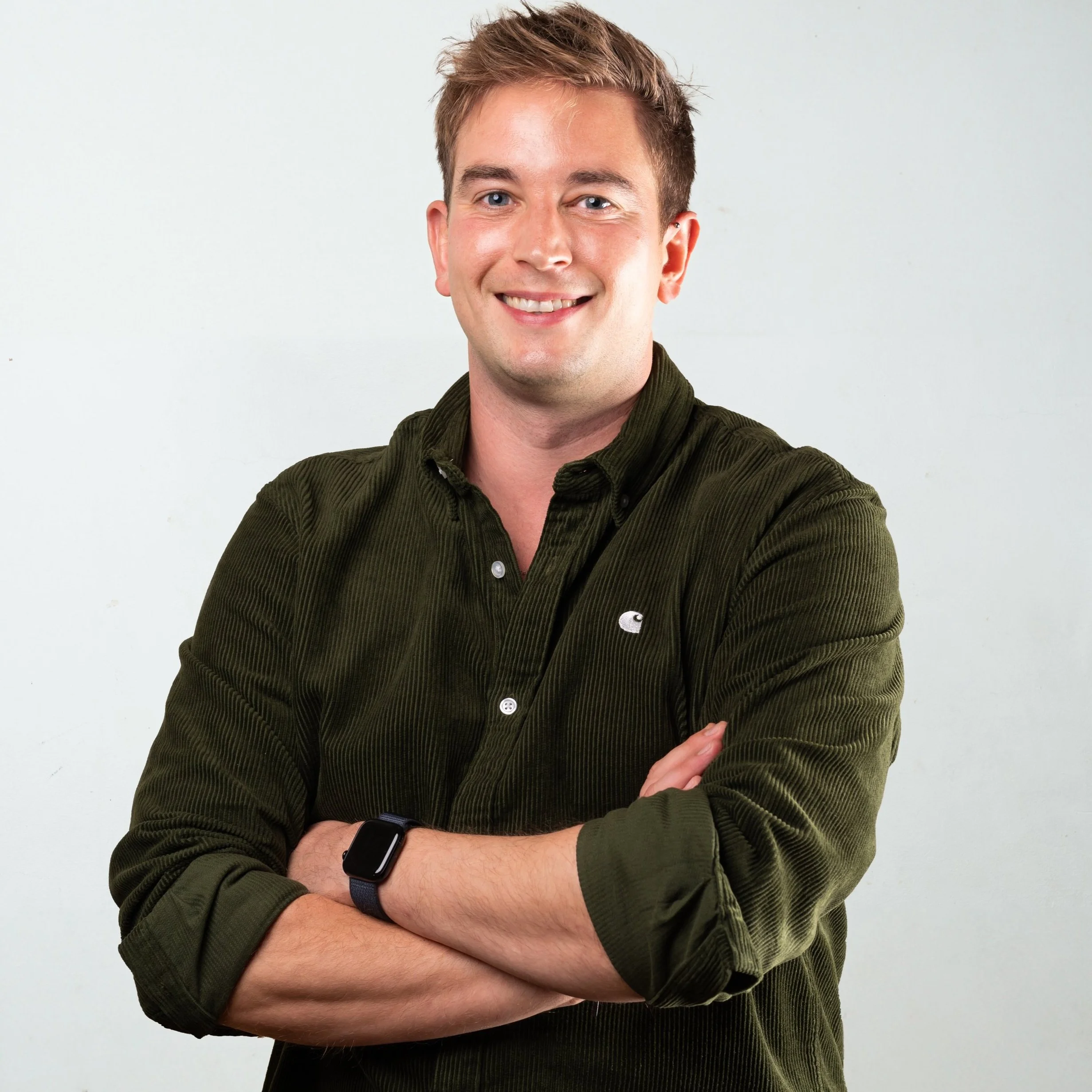Interview with Jasper van Luijk: On the Dutch performance arts in European context
Photo by Sjoerd Derine
The iCoDaCo project brings together 10 collectives from different European countries. This multinational long-term collaboration enriches not only the artists, but also cultural managers. What have you personally learned, gained and achieved so far? Have you encountered any management tools, approaches or practices that have changed your own perspectives?
Being an artistic-director and choreographer with our company SHIFFT in The Netherlands, we have a very clear focus: creating work that reaches and communicates with audiences, and supporting the development of choreographic talent. iCoDaCo has such a variety of partners; from dance platforms that focus on supporting the local scene, platforms for education, collectives that work nomadically throughout their country and more. iCoDaCo has shown me that there are pluriform ways to build a dance-organisation. But mostly that the way a dance-organisation functions is always tied to local realities, to the political and financial structures in place on one end, and on the other end the dance tradition and scene in the country itself. I’ve learned that organisations coming from different realities and those who function in a different political climate than my own, have other needs in starting, executing and adjusting a project. It’s like a Swiss-clockwork where all the internal parts come from a different model but still need to find a way to keep the time ticking. With this experience, I learned that my focus on efficiency and output is not always the way to move forward together in such a large scale project.
The iCoDaCo project offers a unique opportunity to get to know different social, political and economical environments in which the partners work and create. Can you compare your local background with other countries? What benefits and, on the other hand, disadvantages do you think you have compared to others?
The situation in The Netherlands is that of a very diverse field from young makers to established companies across all sorts of dance backgrounds. There are major companies like Netherlands Dance Theatre, mid-scale companies that tour around 50 shows a year and smaller companies focusing on the work of just one choreographer. Next to that there are production houses for emerging talents, lots of dance-festivals and many companies supporting talent development of young artists. Even though this seems like a rich ecosystem, there have been many cutbacks on the performing arts the past years and companies, well funded or not, are struggling to survive. The Netherlands is a country in which we also plan very far ahead in time, structural funding is decided on only every four years, so every artist, venue and company need to relate to four-year timelines in which agreements are made in the field.
The benefit of a system like this is that, if funded, we can plan very far ahead and give the people we work with in the field a form of security. The downside however is that if not funded, four years is a very long time to try to survive on mere project grants. I don’t feel like comparing too much to the other partners in other countries. In The Netherlands we’ve got a stable funding system even though we’ve been diminished quite a bit over the past years. Compared to some partners who work in countries where there is no public support at all, we are quite blessed here. However it does make us less flexible to adjust to new realities if the only stable source of income is on edge every four years.
What is the position of performance arts and contemporary dance in your country, in terms of general audience perception and recognition, as well as political support?
The Netherlands is in a changing phase considering the position of contemporary performing arts. On one hand there’s a clear movement of decolonization of the arts where new voices are claiming their space and make lasting impact on the way art is created. With clear impact on which voices tell which stories and that clearly affects the audience's make up in the theatres. An exciting movement that broadens the perspective of artists and audiences. On the other hand there’s a Europe- and worldwide uprising of right wing politics, the same goes for The Netherlands. This movement questions the intrinsic value of contemporary and critical art and poses an enormous threat to the way the arts are seen by society as a whole. It’s a time of conflicting visions clashing. Conflict tends to create fear and uncertainty, which is a very unhealthy place to innovate and create from.
Photos by Allard Willemse



